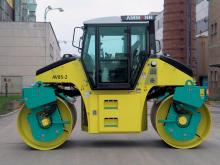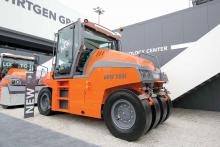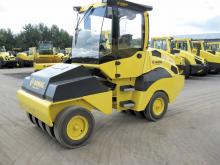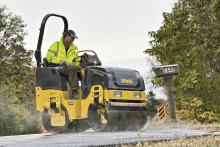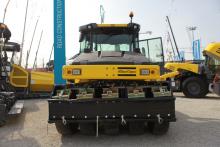Both soil and asphalt compaction technologies will see key advances in 2010, writes Mike Woof. With each phase of regulations coming into force for engine and noise emissions, as well as operator vibration, manufacturers have been forced to improve, upgrade and update their compaction machines.
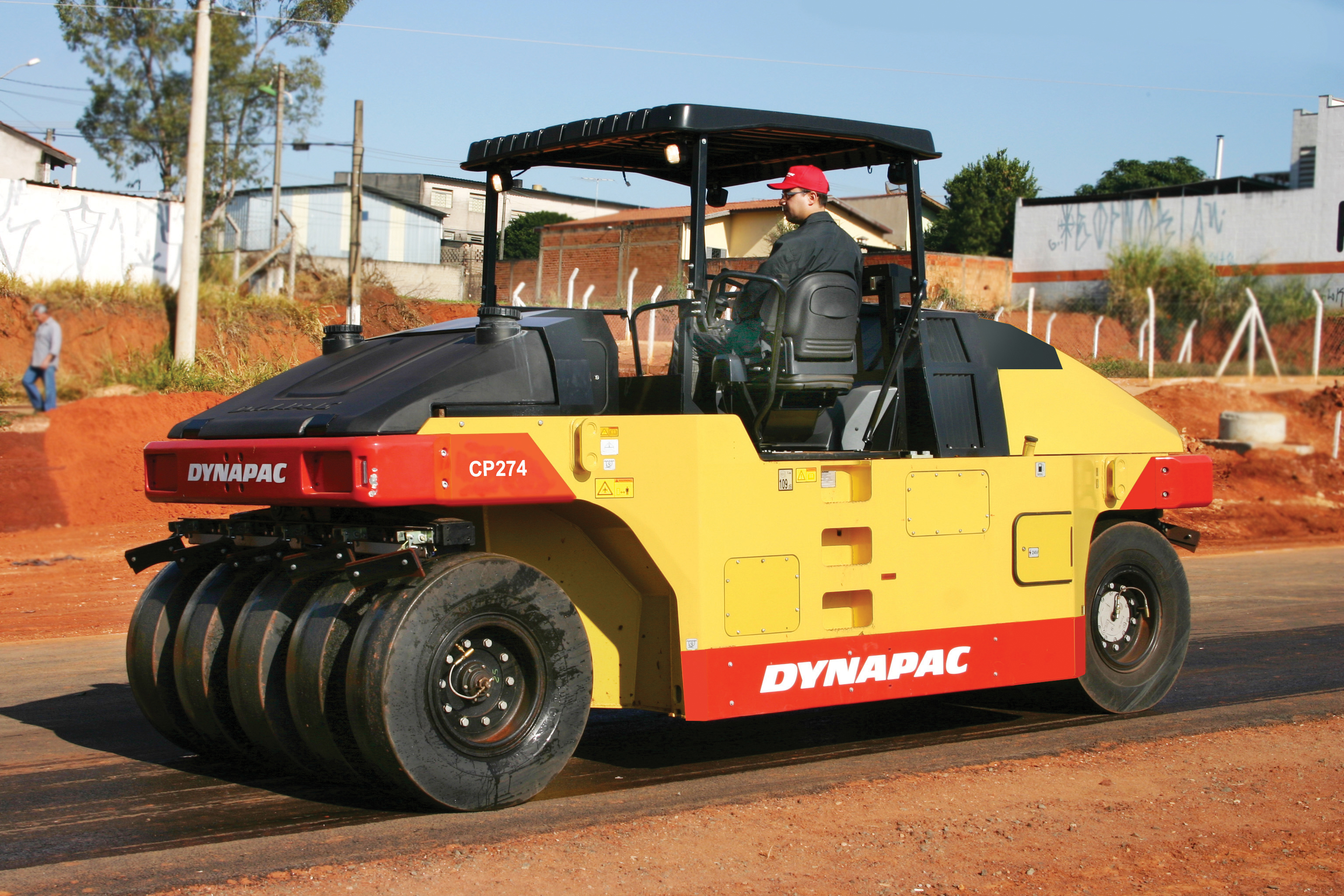
Dynapac's new range of pneumatic tyred rollers is said to offer greater operator efficiency and higher performance and finish capabilities
Both soil and asphalt compaction technologies will see key advances in 2010, writes Mike Woof.
With each phase of regulations coming into force for engine and noise emissions, as well as operator vibration, manufacturers have been forced to improve, upgrade and update their compaction machines. Each successive change to the legislation in Europe as well as the US has prompted a string of detail changes that have kept the engineers busy. These have required the installation of new generation engines and better vibration damping in seats and operator platforms as well as successive safety improvements too.With the
Asphalt compaction
Rubber tyred asphalt finishers have seen something of a comeback in many territories, with manufacturers introducing new and improved machines. While the market for rubber tyred compactors in Europe dwindled for a period, the development of new and improved models featuring hydrostatic drives instead of mechanical systems has helped rekindle interest in these machines.Sales of rubber tyred compactors remained strong in some developing countries as these machines offer an effective solution for providing a high quality finish. However contractors in developed countries in Europe and North America have also seen the benefits of these improved machines.
The various BOMAG and Caterpillar machines also share similar design concepts, with sloping cowlings at front and rear to allow good all-round visibility for the operator, boosting compaction accuracy as well as site safety. These companies have also ensured that their units provide effective compaction, with steering systems and tyre positioning configured so that wheel paths overlap sufficiently in straight operation as well as in turns. Tyre pressures can also be adjusted on the move with most new generation machines. And the competition in the market continues too with
Ammann's new AP240-2H machine is said to be a versatile, comfortable and effective machine that offers the same benefits as its predecessor, the AP 240H as well as a series of key improvements. Ammann says that the machine is easier to operate and control during a full shift and features a robust chassis with sufficient room for a spacious cab featuring an adjustable seat and controls. The hydrostatic drive provides progressive starting and stopping, while an optional energy accumulator system helps save fuel. Depending on specification the machine weighs from 9.6-24tonnes, features eight wheels, has a working width of 2.04m and is powered by a Tier 3/Stage IIIA compliant
Dynapac's three new rubber tyred models were initially developed for the Brazilian market and are now expected to attract sales worldwide. The Dynapac CP224, CP224W and CP274 have a spacious operator platform with ergonomic controls and a rotating and sideways sliding seat and steering assembly. The firm offers a high comfort cab as an option with good all-round visibility and either air conditioning or automatic climate control.
The machines are powered by the latest emission compliant engines, which also offer high performance and good fuel economy, while dual-circuit braking provides full braking effect even if one circuit is disabled. These rollers are built on a modular basis and share many components and sub-systems with other models, reducing costs in servincg in spare parts holding. The Dynapac CP224, CP224W and CP274 models offer compaction widths ranging from 1.8-2.3m and maximum operating weights from 21-27tonnes. They are said to suit a wide variety of finishing and sealing applications, with an accurate control system and optional DCA-A compaction analyser. An optional temperature sensor is also offered and combined with the compaction analyser the technology is said to allow optimum density and surface texture to be achieved while providing full statistics and documentation. This system can also play back the rolling pattern and produce a print out of all relevant information, either onto paper or a PDF file for later analysis.
Hamm's compact GRW280 rubber wheeled roller is said to feature a revolutionary design with a number of innovative features. This rubber tyred roller offers operating weights from 10-28 tonnes and is said to offer high visibility, as well as a sophisticated loading concept and the high safety standards. The cab is large with a panoramic view and is equipped with a comfortable seat and ergonomic instrument panel. The new GRW is said to offer an array of advanced capabilities and was presented with the iF design award 2010, shortly before its launch. Further performance features and specification will be available for the GRW280 at Bauma.

